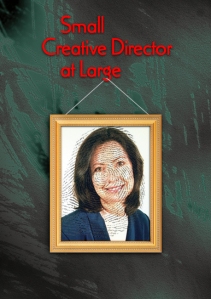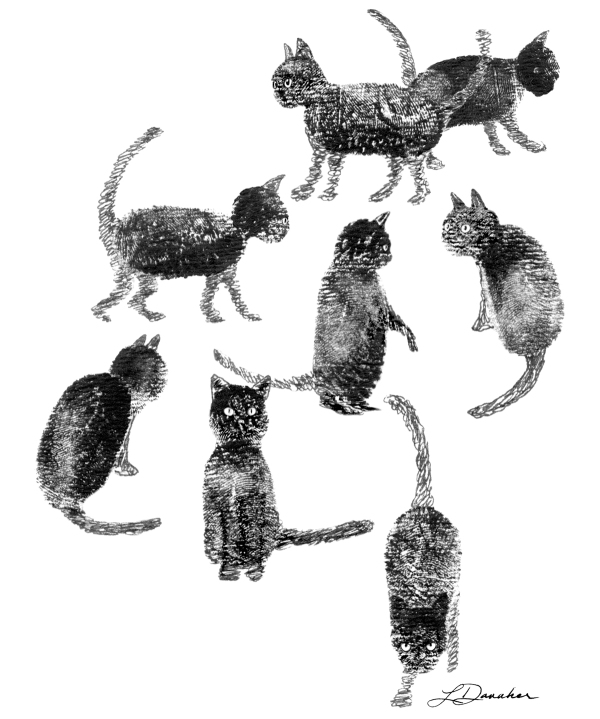5 Tips to Boost Your Creativity
Creative people think differently than other people. That’s why they can create such artistry when everyone else in the room draws a blank. However, at times even the most inventive imagination can use a jolt of inspiration to incite a revelation. Even if we have done our research of the company, product, service and competition, and understand the creative brief, inventing something new and exciting can be daunting.
Here are a few tips to help you spark some bright ideas…
1) Start with Your Own Q & A. A series of questions and answers including “What is their problem? “How can we solve their problem?” “What is the culture of this client?” “What would prompt the target market to purchase this product or service?” “Is there a similar product or service on the market?” and “What are their advantages and disadvantages?” can keep you anchored if you drift too far from the creative brief.
2) Research Different Media. If you are trying to create a new packaging for a product, try researching textile art. If it’s a trade show display, research outdoor media. The change of category will help you to see things differently and try a completely new approach.
3) Keep a Sketch Pad Handy. Before turning to your computer, try sketching your ideas on paper. People have a tendency to be more fluid with a pencil than a program. Even if you cannot draw, the concept can be more imaginative if you doodle freely. I once sketched a new concept for Yellow Book USA while talking on the phone with a photographer about a completely different topic. I didn’t realize I had something unique until we hung up.
4) Step Away from the Project. Sometimes getting away from the assignment and taking a walk can clear your head and open your mind to new ideas. If you cannot escape from your office during work hours, take a walk during lunch or after hours.
5) Ask an Associate to Brainstorm with You. Talking out loud with a co-worker or two can help get your thoughts together. Begin by telling jokes. Why? because the mind relaxes after a good laugh and you’ll be more open to unusual solutions. Saying things in jest can actually lead to an innovative solution that may have seemed like a crazy idea when you first mentioned it. Other people may also make comments that could spark a great idea.
I hope these five tips help inspire you the next time you experience a designer’s road block. I would rather see a designer try these few exercises instead of copying an idea that they noticed online. It may be tempting to simulate a concept that has been done already, but it won’t be innovative or satisfying.









